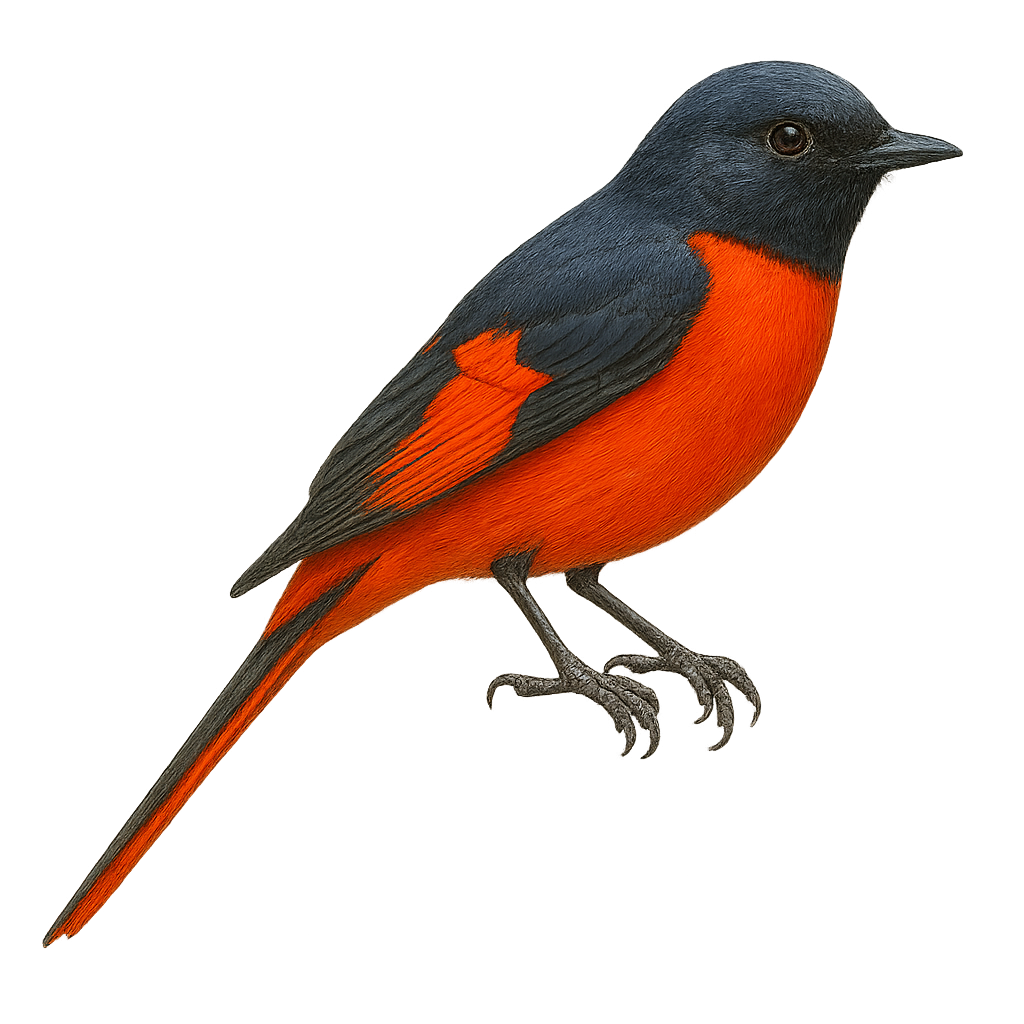Your wildlife photography guide.
Explore the scarlet minivet in detail, study its behavior, prepare your shots.
Where to observe and photograph the scarlet minivet in the wild
Learn where and when to spot the scarlet minivet in the wild, how to identify the species based on distinctive features, and what natural environments it inhabits. The WildlifePhotographer app offers tailored photography tips that reflect the scarlet minivet’s behavior, helping you capture better wildlife images. Explore the full species profile for key information including description, habitat, active periods, and approach techniques.
Scarlet Minivet
Scientific name: Pericrocotus speciosus

IUCN Status: Least Concern
Family: CAMPHAGIDAE
Group: Birds
Sensitivity to human approach: Suspicious
Minimum approach distance: 10 m
Courtship display: March to May
Incubation: 13-15 jours
Hatchings: March to June
Habitat:
tropical forests, subtropical forests, forest edges
Activity period :
Primarily active during the day, with peak activity in the morning and late afternoon.
Identification and description:
The Scarlet Minivet, or Pericrocotus speciosus, is a striking bird with bright red plumage in males and yellow in females, complemented by black wings and tail. It inhabits the tropical and subtropical forests of South and Southeast Asia, primarily feeding on insects caught in flight. This bird is often seen in small flocks, moving nimbly among branches. Its melodious song and vivid colors make it a favorite among birdwatchers. Although relatively common within its range, deforestation poses a potential threat to its natural habitat.
Recommended lens:
400 mm – adjust based on distance, desired framing (portrait or habitat), and approach conditions.
Photography tips:
To photograph the Scarlet Minivet, it is advisable to use a 400mm lens or longer to capture the details of its striking plumage without disturbing it. Look for it in tropical and subtropical forests, where it often moves in small flocks. Be patient and wait for it to perch on an open branch for a clear shot. Morning or afternoon light is ideal to highlight the vivid colors of its plumage.
The WildlifePhotographer App is coming soon!
Be the first to explore the best nature spots, track rutting seasons, log your observations, and observe more wildlife.
Already 1 439 wildlife lovers subscribed worldwide

